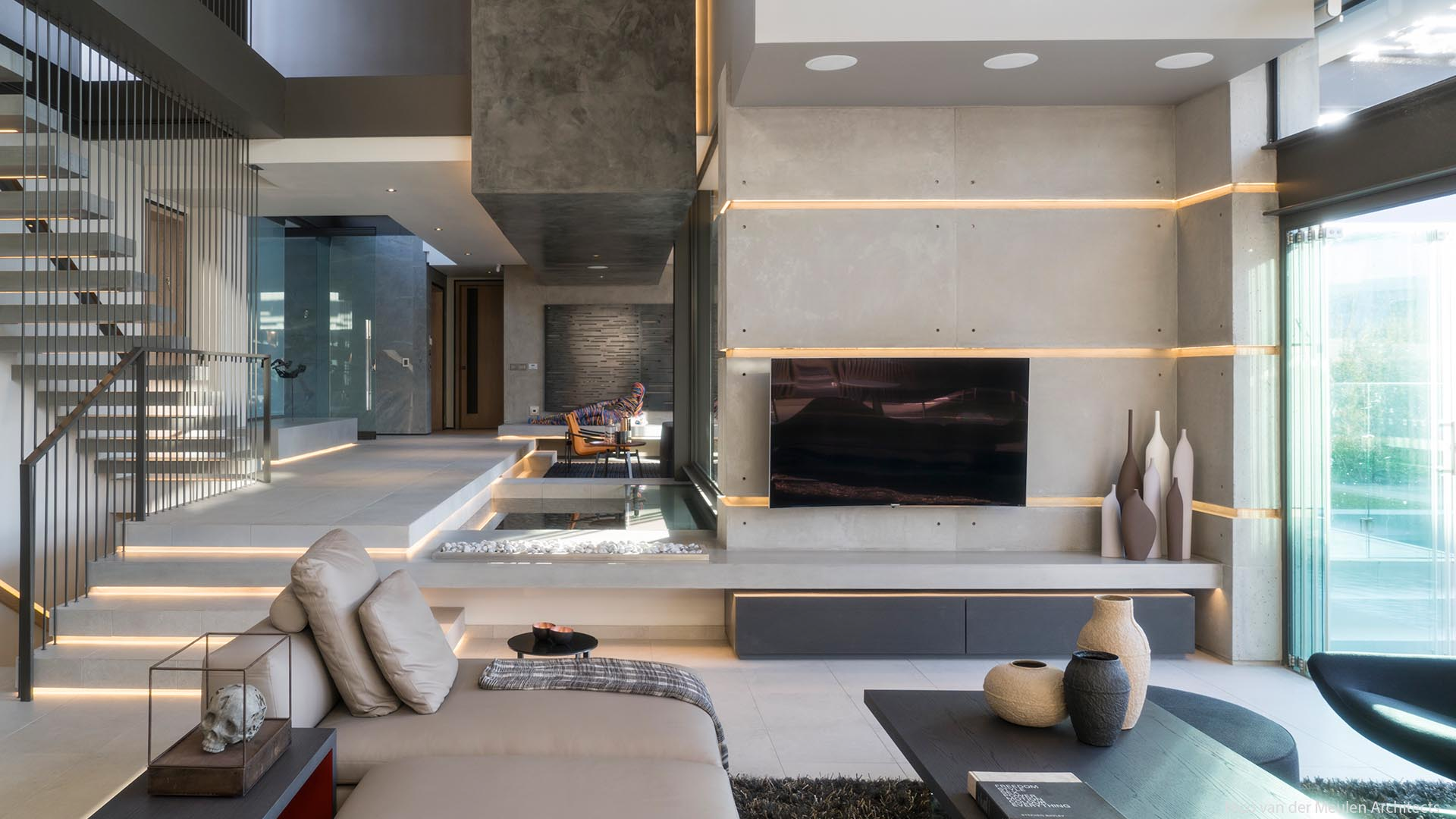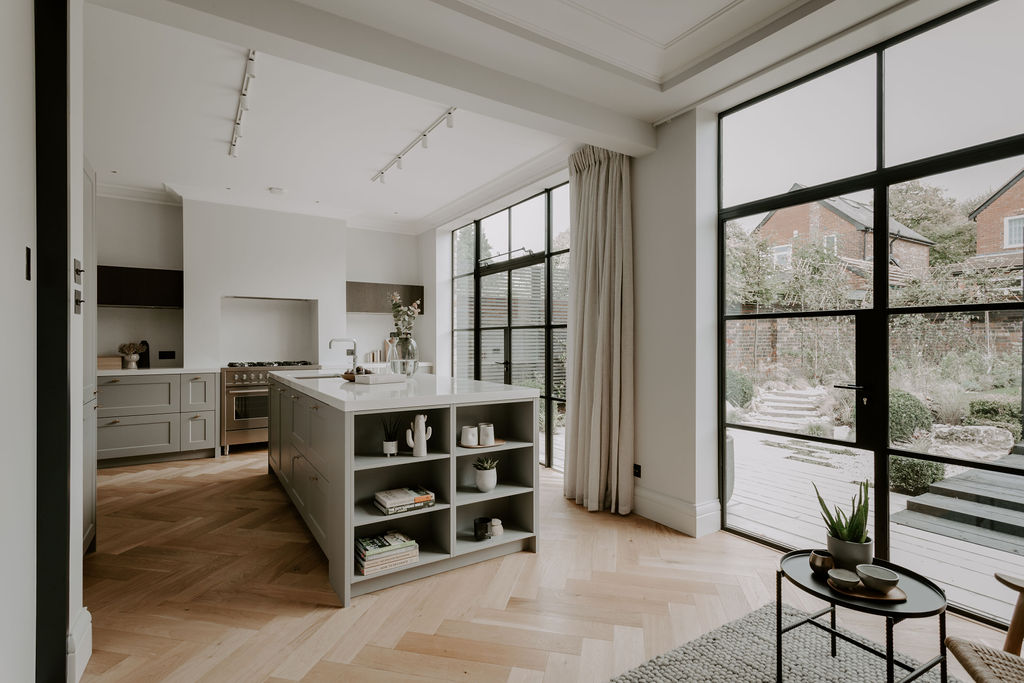Designing Your Desire Area: The Impact of Interior Design and Home Designer on Home Looks
The magic of developing a desire home exists not just in building prowess however also in the fragile artistry of interior decoration. These 2 self-controls intertwine, with style providing the skeletal framework while interior style takes a breath life right into the space with furnishings, shade, and texture selection (Countryside Homes interior design). This seamless blend causes an individualized haven that reverberates with the property owner's identification and lifestyle preferences. Yet just how does this unified blend influence home appearances and, in turn, our day-to-day lives? Stay tuned to check out additionally.
The Crossway of Interior Design and Architecture: Even More Than Satisfies the Eye
Although lots of people believe that indoor design and design are 2 different techniques, a closer exam discloses a fascinating intersection between the two. Style lays the foundation, supplying the covering within which indoor layout runs. However, the type and function of a space are not only dictated by its building layout. Interior Design plays a crucial duty in completing a framework and improving's architectural components, concentrating on the selection and presentation of interior items such as furniture, fixtures, and surfaces. It is the interplay of these 2 self-controls that brings a room to life, changing it from a plain structural entity into an all natural, lived experience. This cooperative relationship underscores the value of incorporating architectural principles right into interior layout, and vice versa, to achieve an unified and visually pleasing setting.
Harnessing the Power of Colors and Textures in Home Layout
While the framework of a home might be the canvas, it is eventually the usage of colors and textures within interior decoration that brings the vision to life. The tactical application of shades can establish the mood, create harmony, and also affect the perceived dimension of an area. Neutral tones offer a sense of calm and spaciousness, while strong shades can attract and stimulate focus. Likewise, appearances play an essential role in adding depth and character to an area. Harsh structures, like raw timber or block, offer rustic beauty, while smooth surface areas, like marble, radiate elegance. By recognizing the emotional effect of colors and tactile allure of structures, one can effectively change a home right into a psychologically appealing and aesthetically engaging home.

The Duty of Furnishings in Defining Space and Lifestyle
Furniture serves as a defining element in interior decoration, affecting both area and way of life. It not only gives practical energy yet additionally adds to the visual charm of the home. The selection of furniture can dramatically impact the perception of space, with larger items developing an he said impact of grandeur, while smaller, minimalist designs can make an area appear roomy. Furthermore, furniture acts as a reflection of the homeowner's way of living and personal preference. A choice for vintage, rustic furniture might indicate a love for practice, whereas smooth, contemporary items often recommend a modern, urban way of living. Thus, furnishings option plays an important role in specifying and individualizing area, with each piece acting as a testament to the house owner's distinct identity. Countryside Homes interior design.

Architectural Factors To Consider for Personalized Spaces
The design, layout, and framework of a home can considerably influence check my source its total aesthetic, performance, and the residents' comfort. Comprehending the home's building aspects, such as the size and form of spaces, the positioning of doors and windows, and the kind of products used, can help one tailor their room to their way of life and preferences. Design, as a result, her comment is here is an essential aspect in making one's desire area.
The Psychological Impact of Aesthetically Pleasing Spaces
The influence of cosmetically pleasing spaces on human psychology is extensive. These environments not only appeal to the senses however likewise add to a person's overall wellbeing. They can boost imagination, generate relaxation, and even influence state of mind. Patterns, structures, and shades can stimulate psychological feedbacks, while the layout and lights can influence actions and communications. A properly designed room, with its cautious balance of aesthetic appeals and capability, can foster a feeling of consistency, promoting positivity and productivity. Conversely, poorly developed rooms can create feelings of discomfort or stress. As a result, interior decoration and design are not just concerning producing visually enticing spaces, but additionally about growing environments that improve psychological health and wellness and satisfaction.

Final thought
In verdict, developing your desire space is a nuanced process that stabilizes the structural aspects of style with the aesthetic choices of indoor style. By very carefully picking colors, appearances, and furniture, you can craft rooms that not only look gorgeous yet additionally functionally offer your way of life. Ultimately, the effective combination of these disciplines promotes wellness, stimulates creativity, and cultivates a sense of individual identification within the home.
Creating Your Dream Room: The Impact of Interior Layout and Home Architect on Home Visual Appeals Countryside Homes interior design.
The magic of making a desire home exists not just in architectural prowess however likewise in the delicate virtuosity of interior design. These two techniques intertwine, with architecture giving the skeletal structure while interior layout breathes life into the room with texture, color, and furnishings option.Furniture offers as a specifying aspect in indoor layout, affecting both area and way of life.In conclusion, developing your dream room is a nuanced process that balances the structural components of design with the visual selections of interior design.